Focus on Safety and Reliability
The Powertrain Testing Market is increasingly driven by a heightened focus on safety and reliability in automotive engineering. As vehicles become more complex, ensuring the safety of powertrain systems is paramount. Regulatory agencies are mandating extensive testing protocols to validate the performance and durability of powertrains under various conditions. In 2025, the emphasis on safety is projected to lead to a 10% increase in testing services, as manufacturers prioritize compliance with safety standards. This trend underscores the critical role of rigorous testing in the Powertrain Testing Market, as companies strive to mitigate risks and enhance consumer trust in their products.
Growing Electric Vehicle Market
The Powertrain Testing Market is witnessing a substantial impact from the burgeoning electric vehicle (EV) market. With the increasing adoption of EVs, there is a heightened need for specialized testing of electric powertrains, including battery systems and electric motors. In 2025, the EV market is anticipated to grow by over 25%, necessitating comprehensive testing solutions to ensure safety, performance, and reliability. This shift towards electrification is prompting testing facilities to adapt their capabilities, thereby creating new opportunities within the Powertrain Testing Market. As manufacturers strive to meet consumer expectations and regulatory requirements, the demand for effective testing solutions is likely to escalate.
Rising Demand for Fuel Efficiency
The Powertrain Testing Market is experiencing a notable surge in demand for fuel-efficient vehicles. As consumers become increasingly environmentally conscious, manufacturers are compelled to enhance the fuel efficiency of their powertrains. This trend is further supported by regulatory bodies imposing stricter emissions standards, which necessitate rigorous testing of powertrain components. In 2025, the market for fuel-efficient vehicles is projected to grow by approximately 15%, driving the need for advanced testing solutions. Consequently, companies are investing in innovative testing technologies to ensure compliance and optimize performance, thereby propelling the growth of the Powertrain Testing Market.
Emerging Markets and Global Expansion
The Powertrain Testing Market is poised for growth due to the expansion into emerging markets. As automotive production increases in regions such as Asia and South America, the demand for powertrain testing services is expected to rise correspondingly. In 2025, these emerging markets are projected to contribute to a 12% increase in the overall testing market. Manufacturers are recognizing the need to establish testing facilities closer to production sites to streamline operations and reduce costs. This trend not only facilitates quicker turnaround times but also enhances the ability to meet local regulatory requirements, thereby driving the growth of the Powertrain Testing Market.
Technological Advancements in Testing Equipment
The Powertrain Testing Market is significantly influenced by rapid technological advancements in testing equipment. Innovations such as real-time data analytics, simulation software, and automated testing systems are revolutionizing the way powertrain components are evaluated. These advancements not only enhance the accuracy and efficiency of testing processes but also reduce time-to-market for new vehicle models. In 2025, the market for advanced testing equipment is expected to expand by around 20%, reflecting the industry's shift towards more sophisticated methodologies. As manufacturers seek to improve their competitive edge, the adoption of cutting-edge testing technologies is likely to become a critical driver in the Powertrain Testing Market.



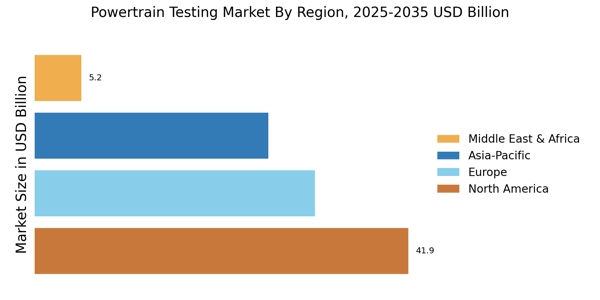

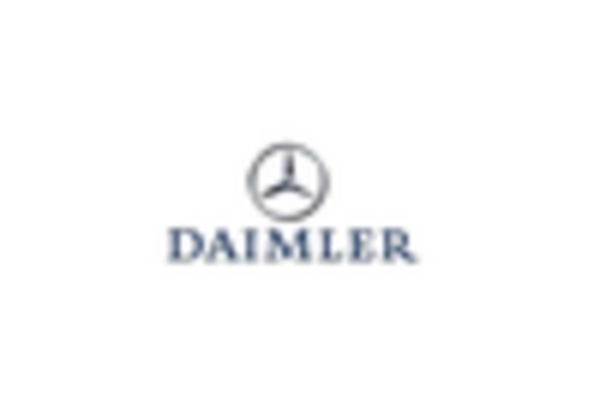
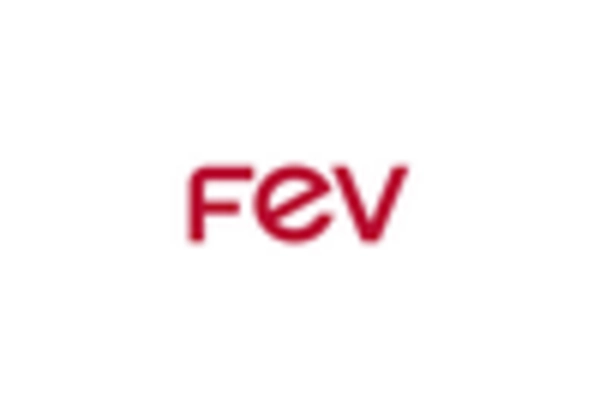
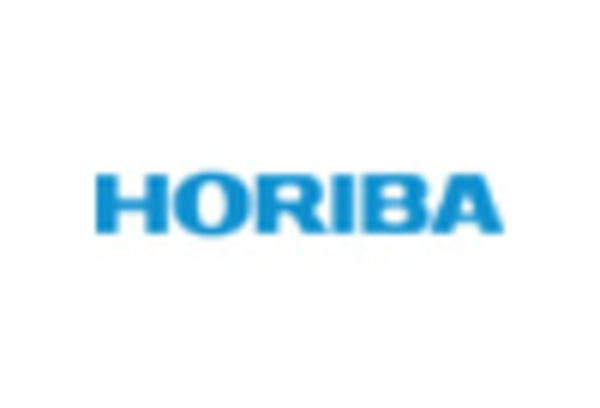

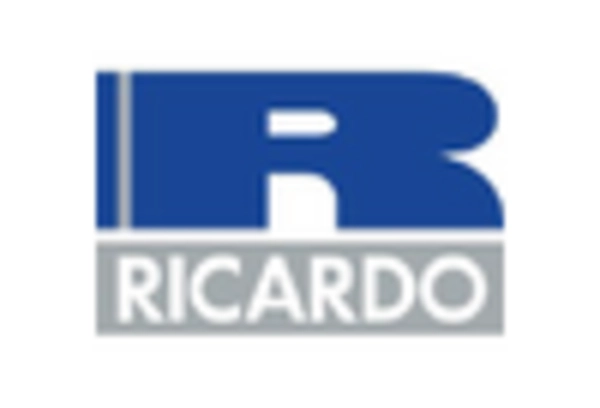








Leave a Comment